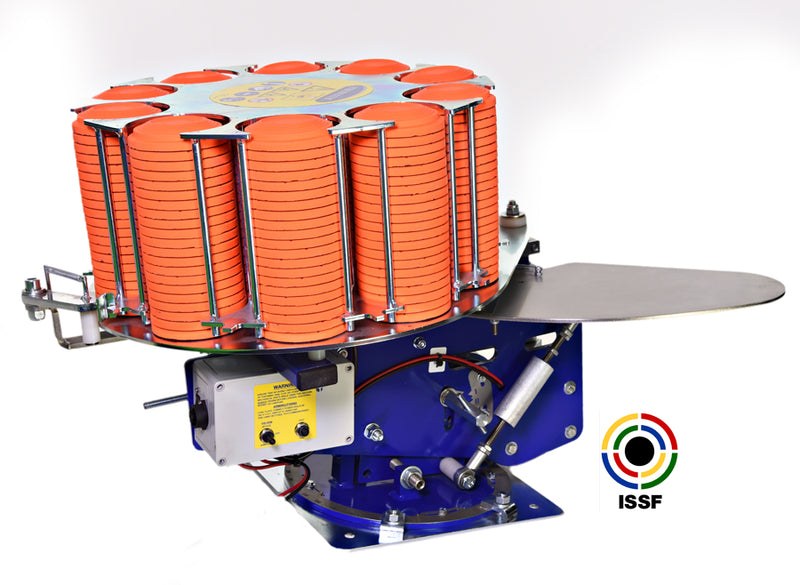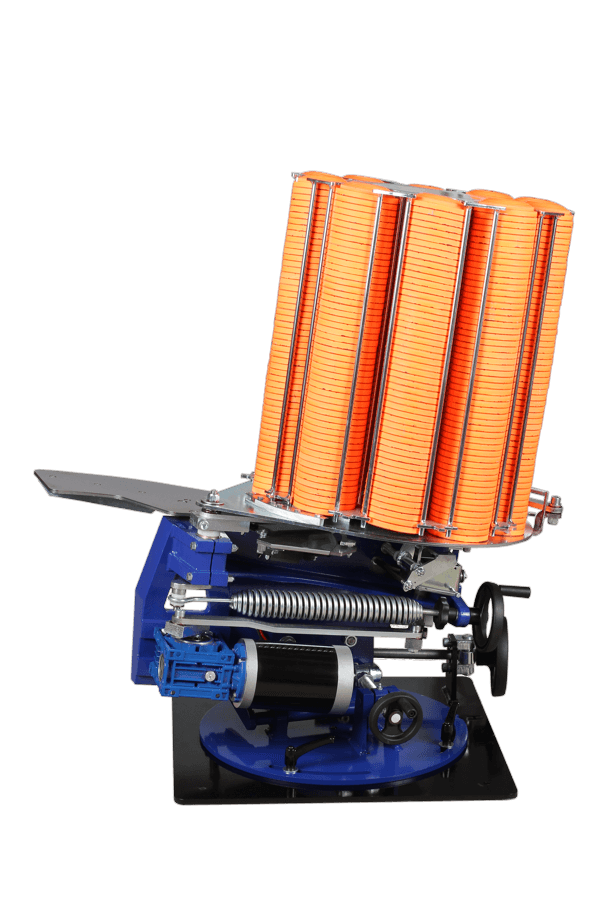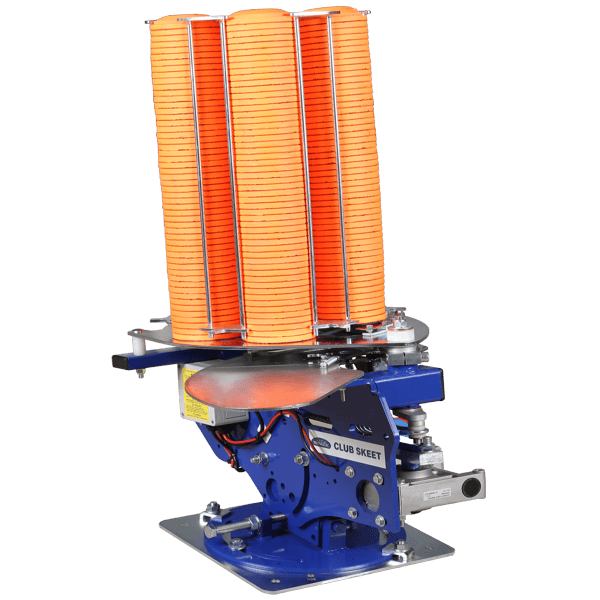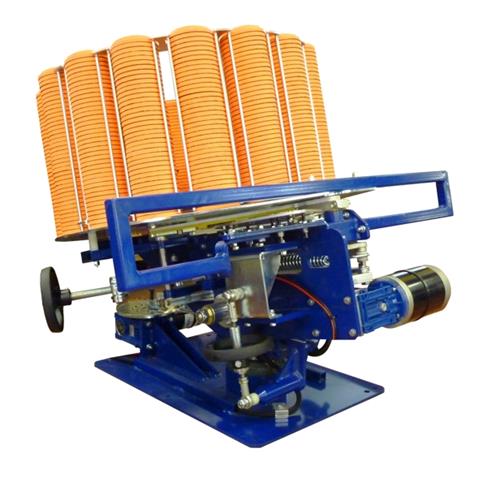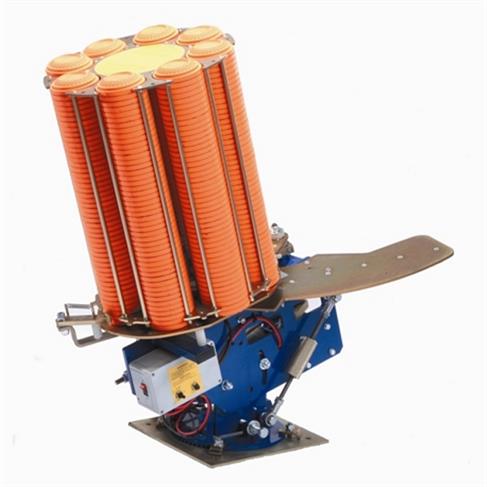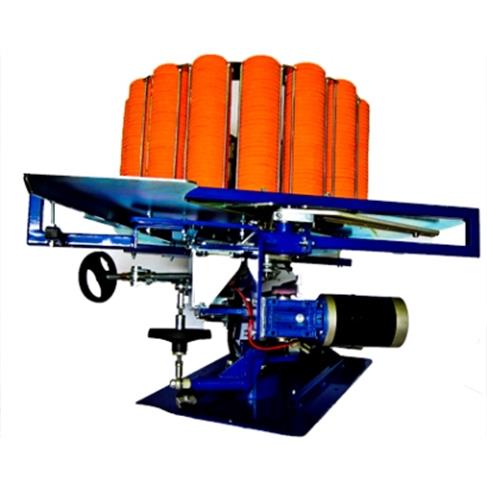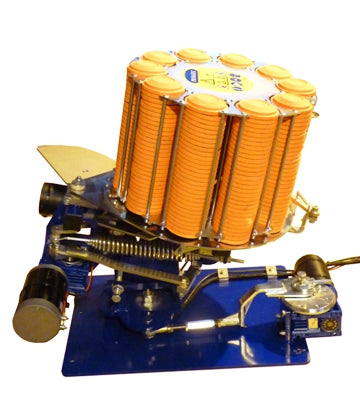Olympic Traps
Choosing the right Olympic Trap is critical for excelling in this demanding and competitive sport. The following guide offers insights into the fundamentals of Olympic Trap shooting, explores the types of traps used, and outlines the key features to consider when selecting equipment that meets the rigorous standards of international competition.
Olympic Trap shooting is a fast-paced discipline where shooters aim to break clay targets launched from 15 traps, arranged in a straight line (in front of the shooting line and located in an underground bunker or trench). These targets are released at unpredictable angles and speeds that move away from the shooting line, challenging the shooter’s reaction time, accuracy, and focus. It is a highly competitive sport featured in the Olympic Games.
The traps used in Olympic Trap shooting are highly specialised, designed to release targets as soon as ‘pull’ is declared. This multi-trap system, consisting of 15 machines, are programmed to randomise target presentations, ensuring that each shooter faces a unique challenge during competition.
Selecting an Olympic trap involves considering the specific requirements of international competition. The trap system must deliver random yet consistent target presentations, with reliable operation under high-pressure conditions. Durability, precision in target throwing, and compliance with ISSF and Olympic standards are crucial factors in making the right choice.
A superior Olympic trap is marked by its ability to deliver consistent, random target presentations with high reliability. It should feature robust construction, capable of withstanding the demands of frequent use. Precision in both angle and speed adjustments is essential, ensuring each target launch meets the stringent requirements of Olympic-level competition.
Olympic Skeet Traps
Choosing the right Olympic skeet pigeon trap is essential for achieving top performance in this precision-driven sport. The following guide outlines the fundamentals of Olympic Skeet shooting, explores the types of traps used, and highlights the critical features to consider when selecting the ideal equipment for consistent, high-level competition.
Olympic skeet shooting is a highly skilled discipline where shooters aim to break clay targets launched from two fixed stations (high house and low house). The targets cross paths in front of the shooter, requiring split-second timing and precision. Shooters shoot from 8 stations that are located in a semi-circle that arcs from the high house to the low house, with position 8 at the centre point of the semi-circle. This sport is a true test of a shooter's reflexes, accuracy, and consistency under pressure. It is a shotgun sport featured in the Olympic Games.
Olympic skeet traps consist of a pair of machines located in the high and low houses, which launch targets at consistent, pre-set angles and speeds (to ISSF regulation). These traps are engineered to deliver precise, synchronised target throws, ensuring that the trajectory remains consistent across all rounds with zero ‘no-birds’, crucial for maintaining the integrity of the competition.
When selecting an Olympic skeet trap, it’s important to ensure the equipment meets the rigorous standards of international competition (ISSF). Consistency in target presentation is key, so traps should offer precise adjustments and reliable performance. Durability and low maintenance are also important factors, as these traps must endure high usage and deliver consistent results.
A premium Olympic Skeet trap is defined by its precision, quick release, durability, and reliability. It should provide flawless target launches with consistent speed and trajectory. The trap must be robust, with minimal maintenance requirements, ensuring long-term performance even in demanding competitive environments. Adjustability for angle and speed is also essential for accurate target presentation.


